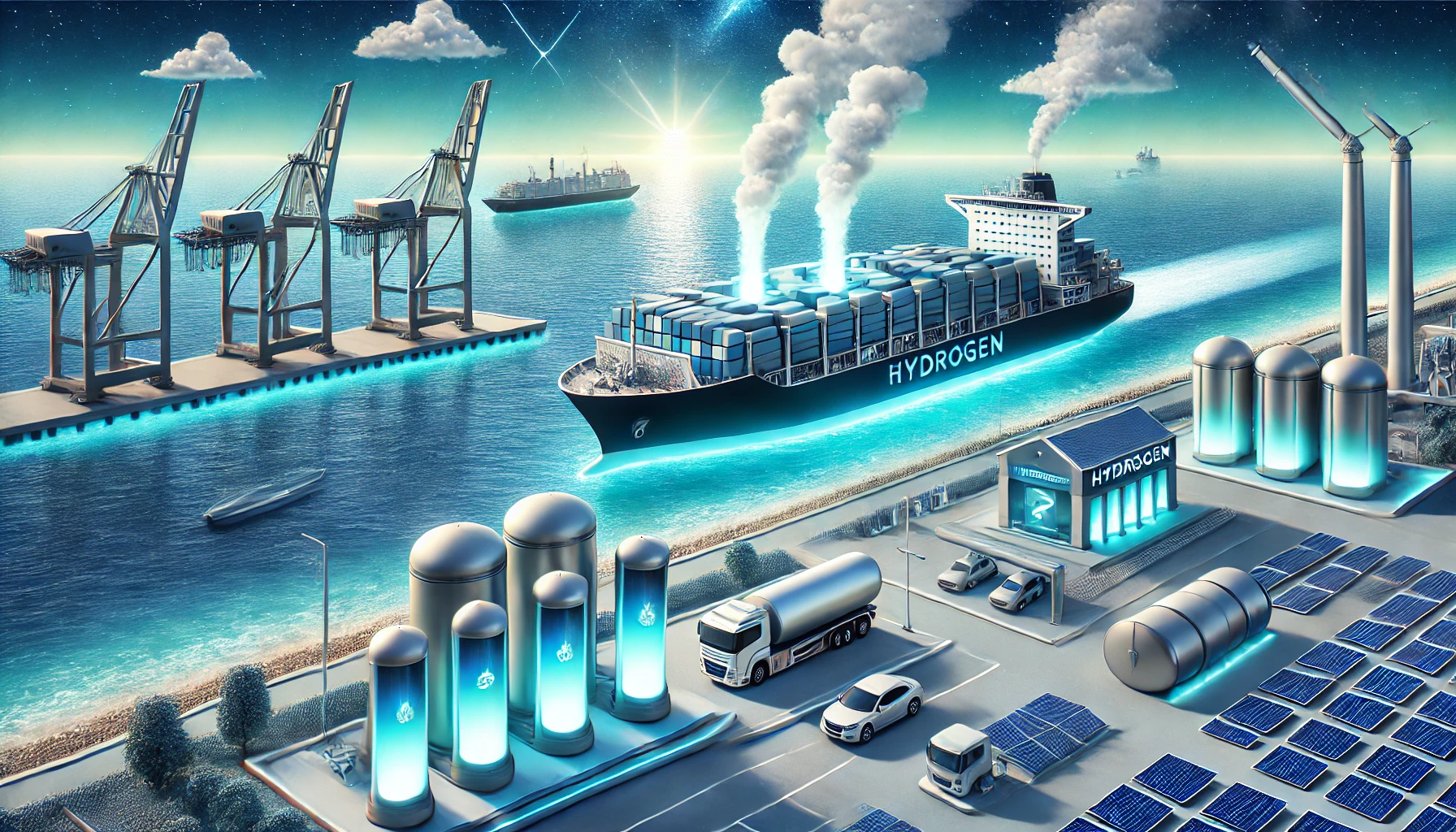How is hydrogen used in shipping?
Article Source: MDPI - Hydrogen Applications in Shipping

Why you should care
Shipping is responsible for 3% of global carbon emissions, making it a significant contributor to climate change. As the world shifts towards cleaner energy, hydrogen is emerging as a game-changing fuel. It offers the potential to decarbonize the shipping industry, paving the way for a greener future while ensuring sustainable global trade.
Answering the question… How is hydrogen used in shipping?
Hydrogen is being harnessed as a clean alternative to traditional marine fuels like diesel. This study highlights how hydrogen-powered fuel cells are replacing heavy fuel oils, reducing carbon emissions by 100% in some cases. By 2030, hydrogen is expected to fuel up to 5% of global shipping fleets, contributing to decarbonization goals. Key innovations include liquid hydrogen storage systems and onboard hydrogen converters.
How was the study done?
The research analyzed hydrogen's potential in maritime applications, reviewing case studies of hydrogen-powered ships and testing various hydrogen storage and distribution methods. Lifecycle emissions, efficiency, and economic viability were also evaluated, with data sourced from pilot projects and simulations.
What was discovered?
- 90% reduction in greenhouse gas emissions with hydrogen fuel cells compared to traditional diesel engines.
- Compressed hydrogen is effective for short routes, while liquid hydrogen is ideal for long-haul shipping due to its 80% higher energy density.
- Hydrogen fuel cells achieve an efficiency of 50-60%, outperforming diesel engines by 20%.
- Transitioning just 25% of the global shipping fleet to hydrogen could reduce CO2 emissions by up to 1 billion tons annually.
- Costs remain a challenge: green hydrogen costs approximately $6/kg, compared to $1/kg for fossil fuels, but economies of scale and innovation could lower costs by 40% by 2030.
Why does it matter?
Hydrogen offers a pathway to zero-emission shipping, addressing one of the most challenging sectors in the fight against climate change. Transitioning to hydrogen-powered ships could revolutionize global trade and significantly reduce environmental impact. However, scaling this technology will require investment in infrastructure and policy support.
